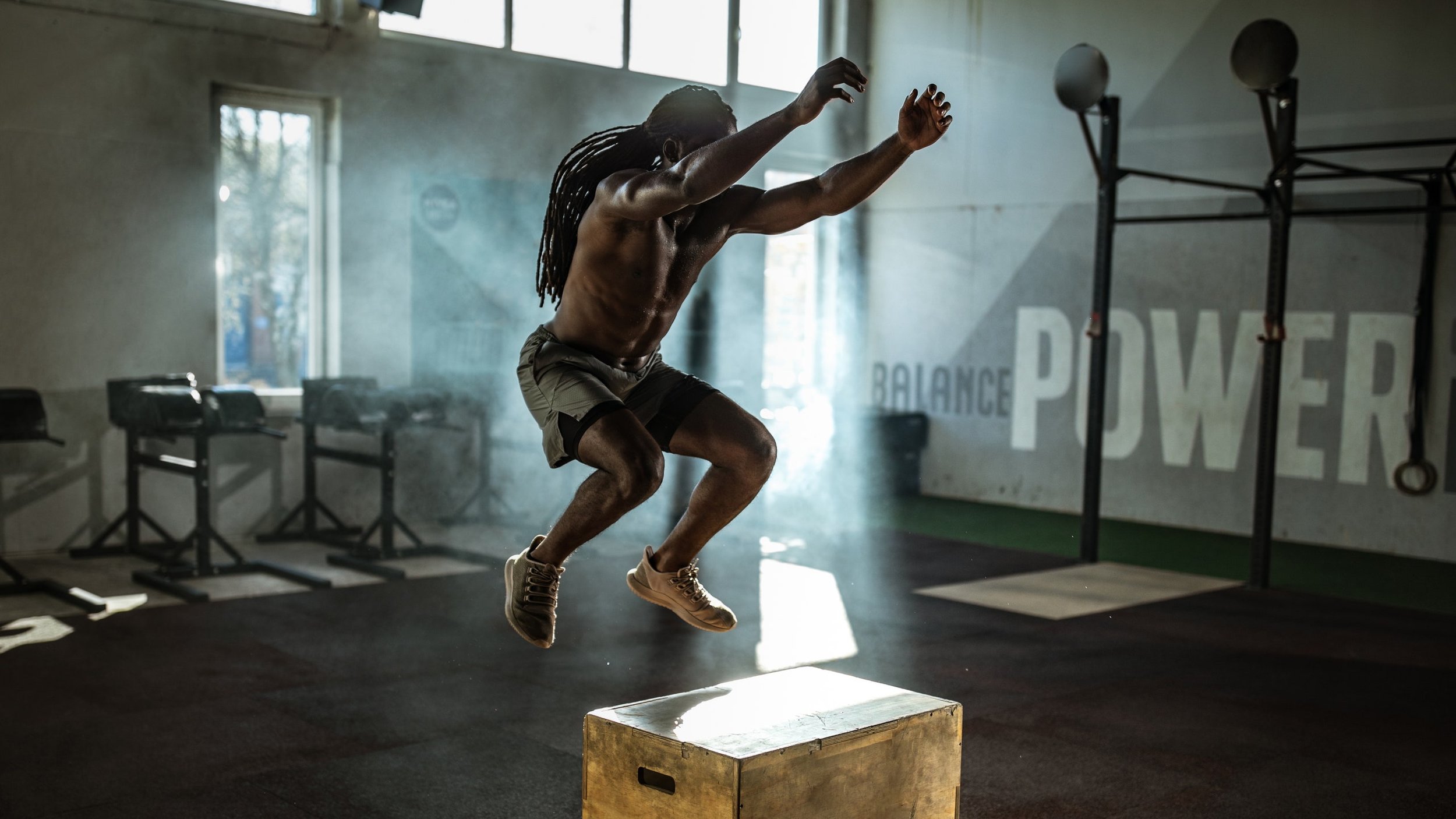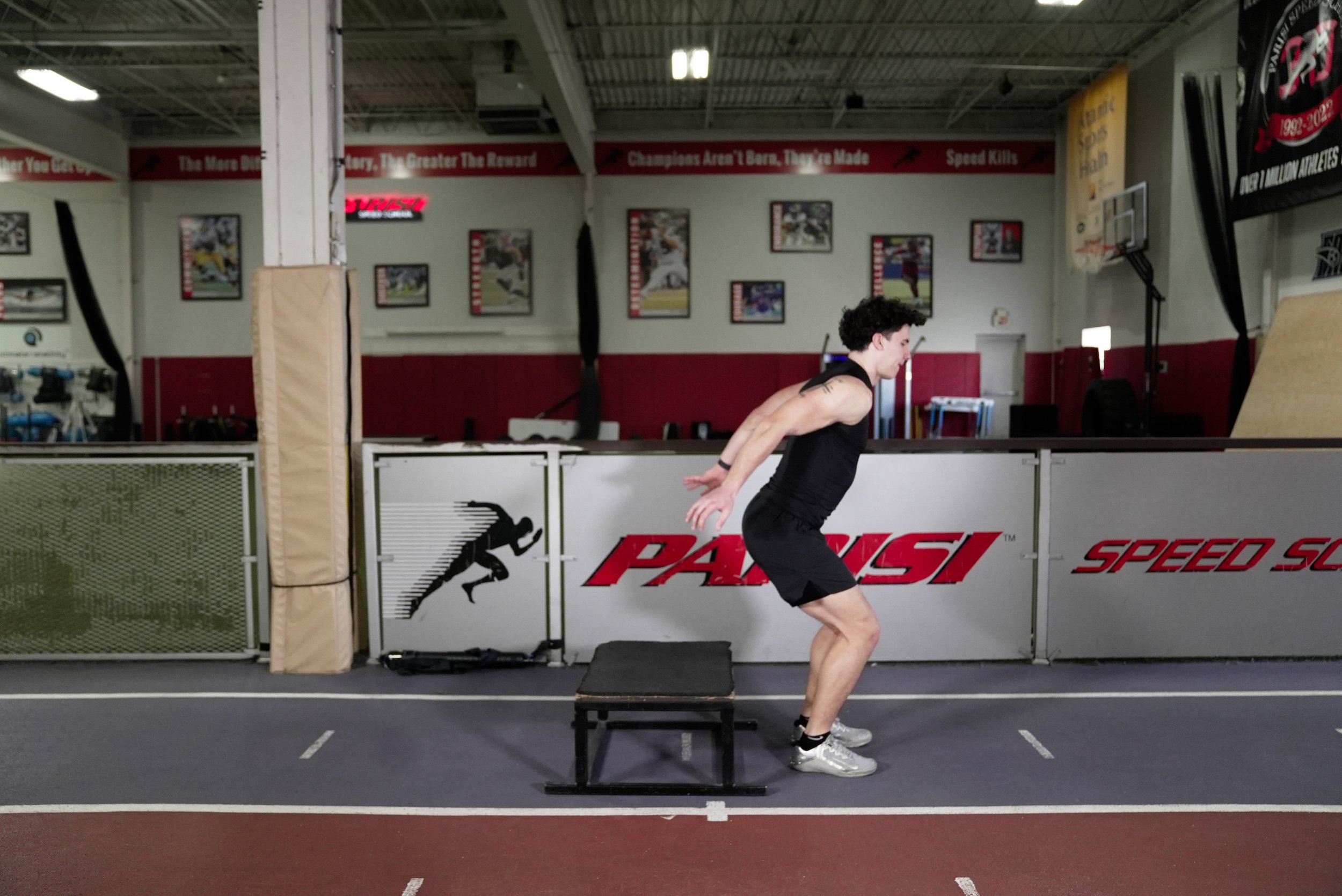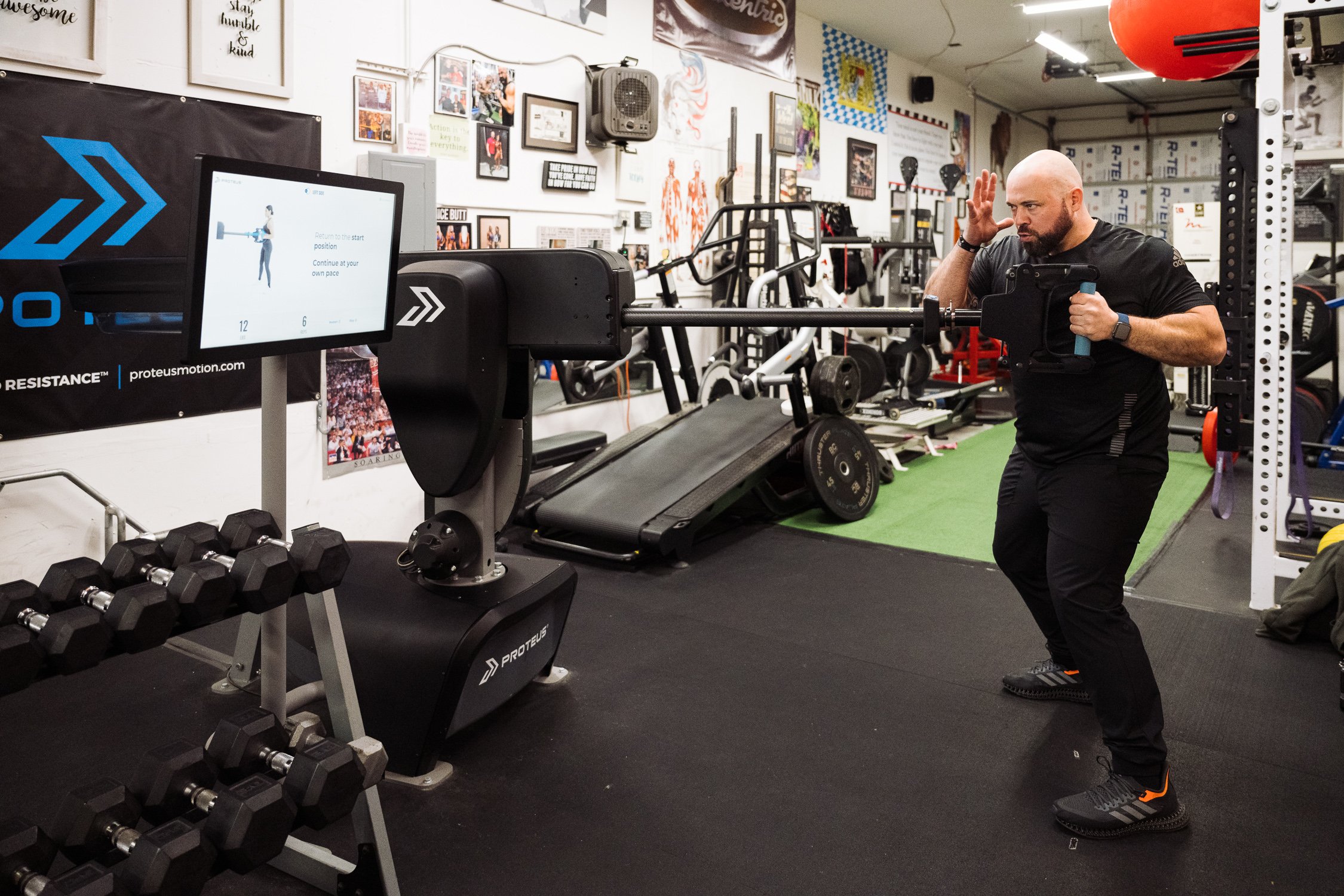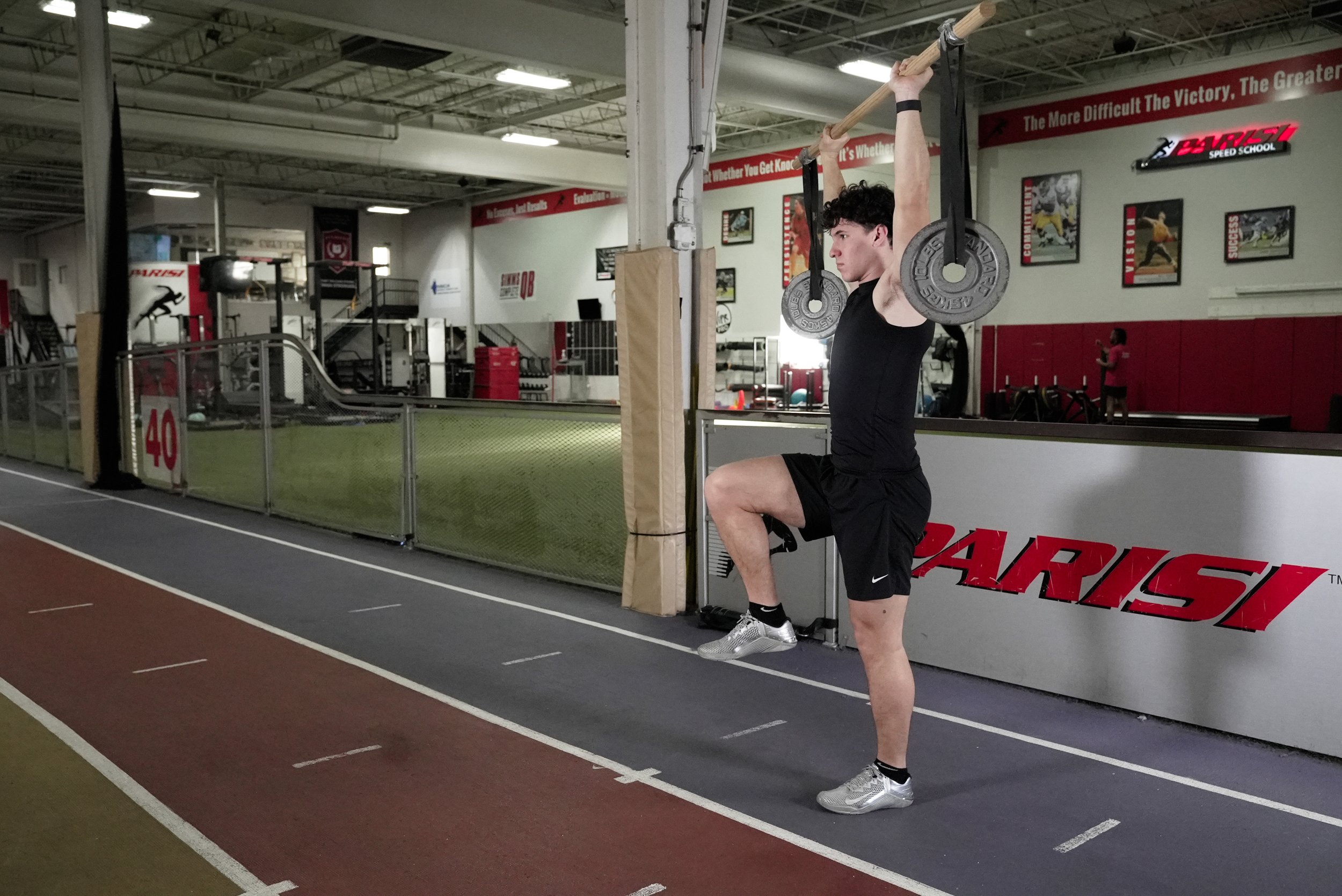
PRINCIPLES + APPLICATIONS
FASCIA-AWARE TRAINING EXAMPLES
FROM THE BOOK FASCIA TRAINING IN APPLICATION


Loaded foot activation exercises help the connective tissues of the foot/ankle distribute ground reaction force.

Hip activation exercises like the loaded glute shift help improve the stability and strength of the hip complex—which impacts the kinetic chain in both directions, including the knee and lower back.

T-spine stability and mobility exercises like the Halo are essential for rotational athletes because the Thoracic spine plays a central role in high-force rotational movements by stabilizing the core while simultaneously enabling a wide range of motion on the transverse plane.

The goal of odd-position strength training is to get strong in different (odd) positions by creating internal shape-stability through omnidirectional loading.

Introduce your video with a short summary or excerpt viewers can preview. If you don’t add an excerpt, this field will automatically show the first three lines of the video’s description.
Loading muscles and tendons with long, max effort isometric holds induces “Stress Relaxation” and helps balance the muscle, tendon, and myofascial tissues around the TMJ and reduce the risk of muscle tears.

Researchers at the Berlin School of Movement Science determined that the optimal tending training strategy (dubbed the “Berlin Method”) involves doing short sessions of maximum-intensity isometric holds every other day over the course of 14-weeks. This method was shown to a beneficial tendon training stimulus for safely increasing speed and power.

The overhead medicine ball throw is a compound whole-body ballistic exercise that dynamically activates the core. The goal is to amplify the stretch-shortening action in the myofascial tissues of the core, arm lines, and rotational lines.

Plyometrics that involve rapid rebounding movements (e.g., hurdle hops, skipping rope, depth jumps) are beneficial because they prompt muscles to co-contract preemptively which removes slack from the system and creates tension quickly.

Drop jumps are a submaximal plyometric exercise that emphasizes lower leg stiffness. The goal is to have a fast rebound off the ground with minimal knee bend and ultra-short contact times.

Depth jumps help develop power and maximal jump height by applying an overspeed/overload stimulus to tendons and myofascial tissues.

Heavy bag punching is a highly beneficial power training stimulus for any athlete because it teaches you how to generate rotational force using your whole body from the feet up. It also helps develop balance, timing, and spatial awareness (proprioception).

Isoinertial and Isokinetic devices (like the OHM Run, 1080 Sprint, or Proteus Motion) can be used to safely add heavy loads to multiplanar movements.

Band-resisted single-leg drives with a VECTOR chest strap are a simple way to activate stabilizing muscles across the entire body because the body will instinctively respond to the rotational force of the strap and create stability by isometrically activating the core, hip complex, and ankle.

Accommodating resistance with bands and cables minimizes the role of mass momentum so your neuromuscular and neurofascial systems are forced to maintain higher levels of velocity and force throughout an entire range of motion.

Multi-vector resistance that combines multiple Vectors of elastic resistance (e.g. Torso strap + cinch strap) makes it easy to load different contraction phases) of specific movement patterns (concentric, eccentric, and isometric) based on the targeted adaptation.

Banded kettlebell swings provide an eccentric overspeed stimulus to the hip, shoulders, and low back that is especially beneficial for runners and jumpers.

Balance control is a fundamental skill for all athletes because stability is the foundation for strength and power. You can’t shoot a cannon from a canoe, as the saying goes. Single-leg balance training can improve whole-body coordination by reducing the base of support and forcing the body to isometrically co-contract multiple structures in order to create stability.

The goal of perturbation training is to expose athletes to unstable loads, uneven surfaces, challenging environments, and unpredictable situations that stimulate the nervous system to activate smaller stabilizing muscles and larger muscle groups in ways it normally wouldn’t.

The Reax Board and Treadmill have disruption settings that go from 1-to-14. It’s recommended that you start with a low setting of around 5 and slowly ramp up to the full-on angry bull/storm surf setting (with a peak intensity of 14) as the athlete gets their skill-set dialed in.